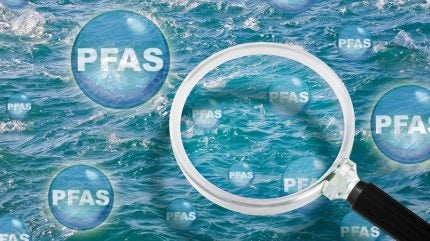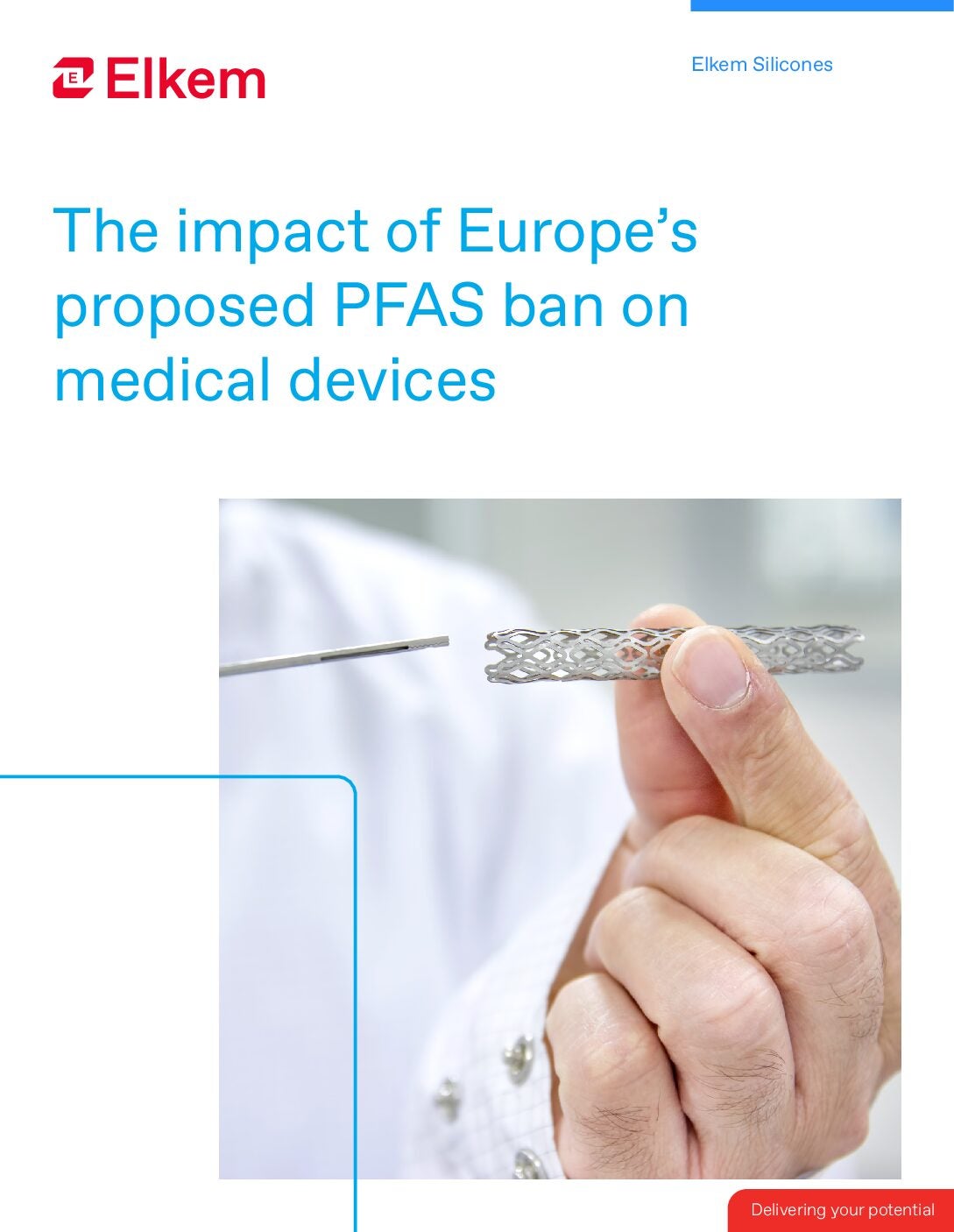
Per- and polyfluoroalkyl substances (PFAS) are synthetic chemicals that have been around since the 1930s, gaining widespread popularity due to their durability, insulation, and low coefficient of friction. PFAS are used in a plethora of applications, from clothing and textiles, wire insulation and paint, to medical devices such as stents and catheters.
PFAS’s versatility stems from its chain of linked carbon and fluorine atoms, which remains stable in high temperatures, pressures, and UV levels. A subset of PFAS – fluoropolymers – are widely used in the medical sector due to their bio-inertness, flexibility, and resistance to sterilisation procedures.
However, PFAS are now known as a significant cause for concern, and their persistence in the environment has earned them the label ‘forever chemicals’.
Due to health risks, government bodies are increasing their commitment to address this issue. The US Environmental Protection Agency (EPA) has released strategic roadmaps and health advisory levels for various PFAS substances, and in Europe, regulatory activities include restrictions of certain PFAS compounds under the EU’s REACH regulations. Additionally, the European Chemicals Agency is currently reviewing a proposal from member states to put a blanket ban on all PFAS in Europe.
PFAS have been used for decades within the medical device industry, so can these products be replaced with materials proven to be safe?
Medical-grade silicones – the alternative to forever chemicals?
Moving forward, coping with regulatory changes and ensuring business continuity will mean companies must consider alternatives to fluoropolymers in medical devices.
Silicone is a versatile material that can be used in a variety of applications and is seen by many as a more environmentally friendly alternative to PFAS.
Medical-grade silicone is chemically inert and hydrophobic, making it popular in the medical field. Silicone, like fluoropolymers, also offers superior biocompatibility and high mechanical properties, making it suitable for long-term body implantation. The versatility of silicone has led to its wide-reaching applications, similar to PFAS.
Clément des Courières is regional market manager at Elkem Silicones, a leading provider of advanced medical-grade silicones. Des Courières confirms that medical-grade silicones have many similarities to PFAS, but without the regulatory concerns. Moreover, medical-grade silicones are a proven technology and have been used safely in medical devices for over 60 years.
However, it’s important to note that the transition from PFAS to alternative materials like silicone may not be a straightforward process.
“The main difference is the chemistry – processing will not be exactly the same,” des Courières says. “Also, PFAS has good oil resistance but for some oils, silicone is not resistant. There is also the friction coefficient and hardness of the polymers which can be different.”
Choosing the right supplier
Des Courières says that Elkem’s global base and long history can support its customers as they transition away from PFAS: “I think it’s important for companies to find a supplier who will help them technically – how to use the product, for example, or if they want some help to know which is the most suitable type of silicone.
“Also, I think you need a company that will help you navigate the new proposals and regulations. In the medical field everything takes a long time. So even if the regulations are not approved in the next month, Elkem is making sure we are ready to support our customers.”
To learn more about how PFAS regulations are changing, please download the whitepaper below.



